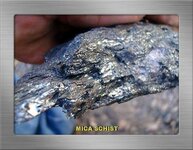oregonmp03
Full Member
So I've been out a couple times with the Fors (no luck so far) but my question is I keep getting some wacky pings in the high tones. Today I was out in a highly mineralized zone, lots of silver i think and lots of other metal that looked like silver but wasn't being picked up on the FORS. I ground balanced and I'd get tones and dig and find junk but other times I'd get like an 87 or 95 with one beep then go over it and get another..........I'd dig and come up with nothing, the signal just disappeared. Any ideas or help? I wouldn't mind a day trip with someone who could show me the ropes on proven ground, in southern Oregon.
Upvote
0




